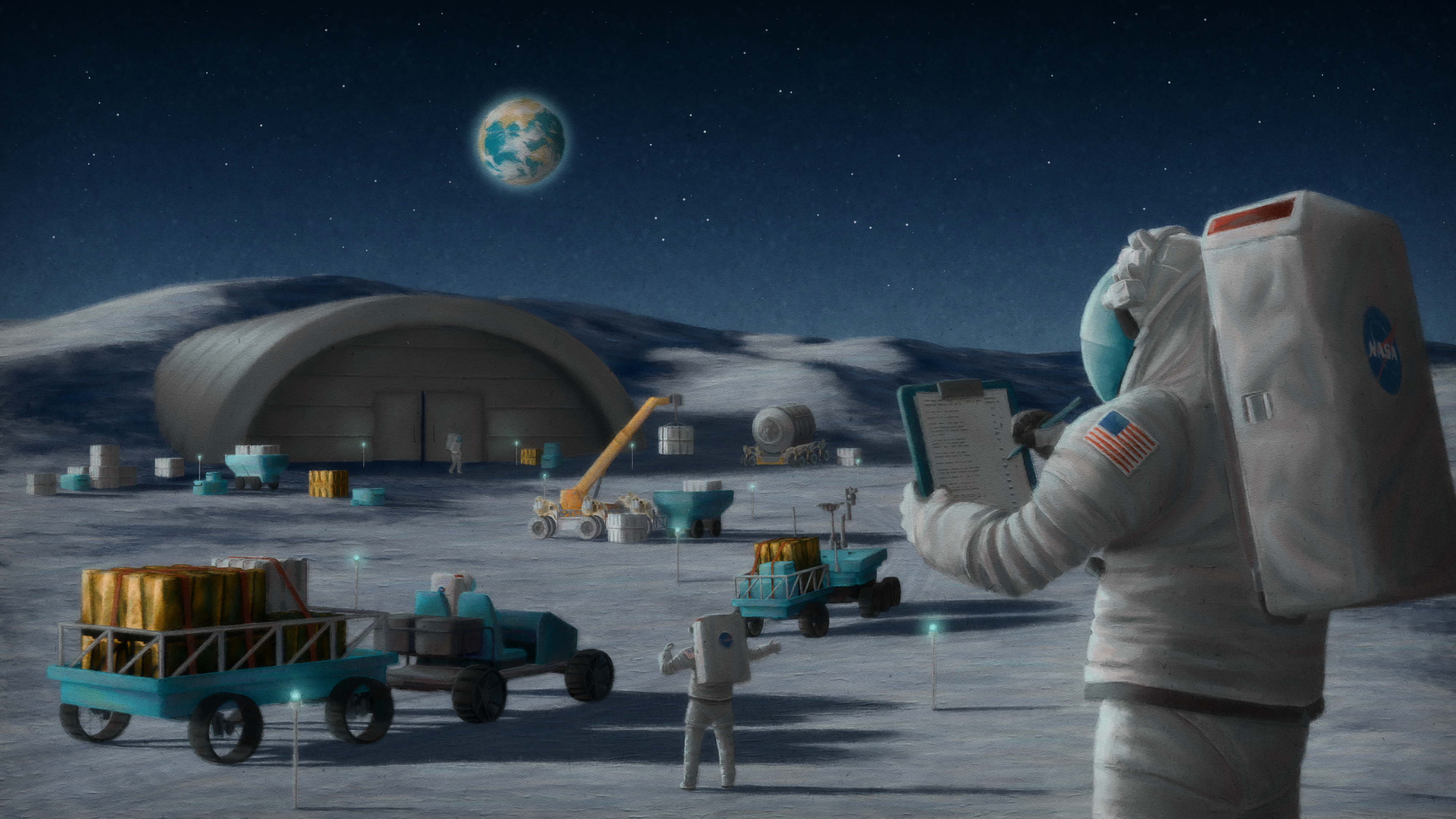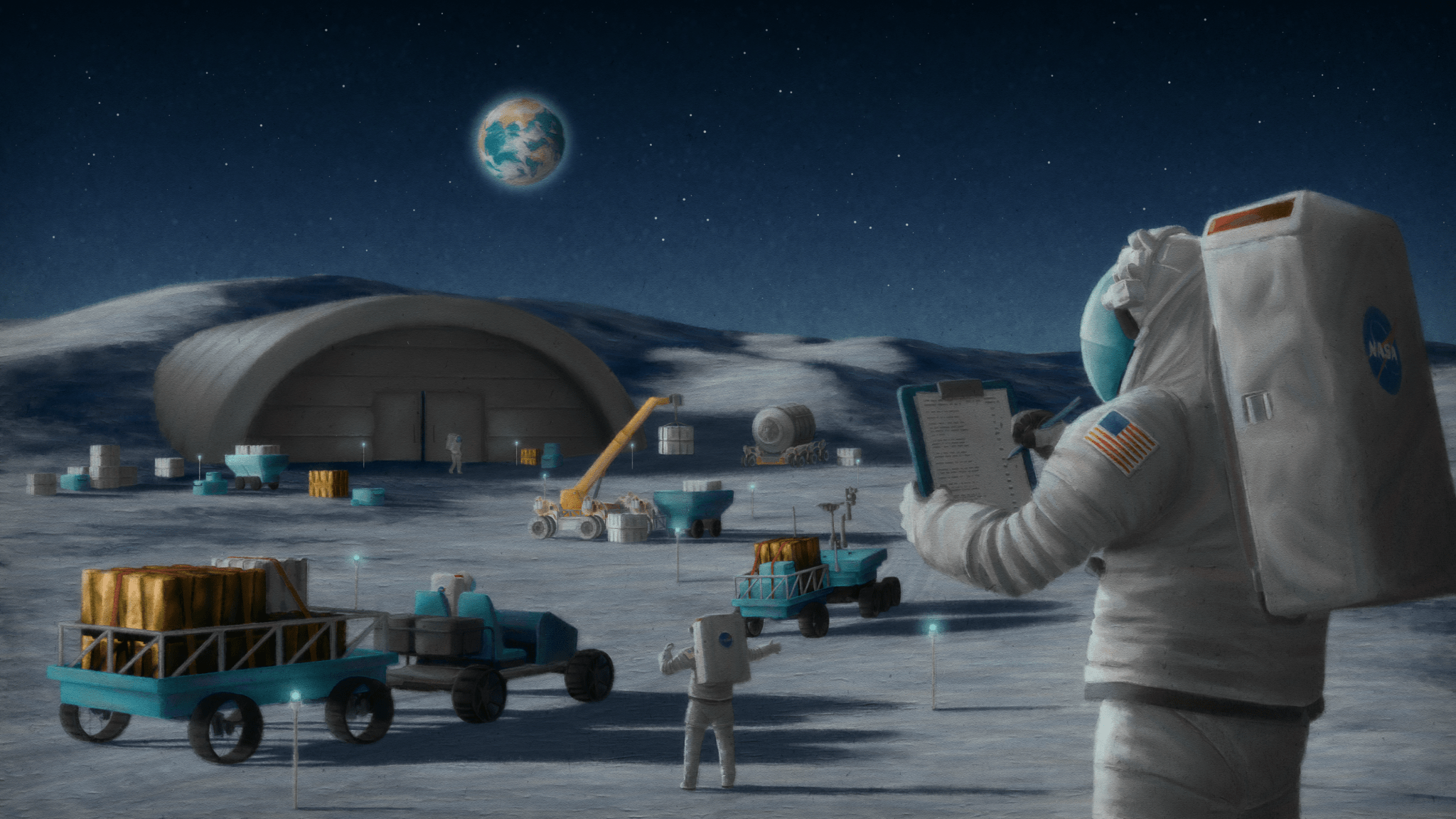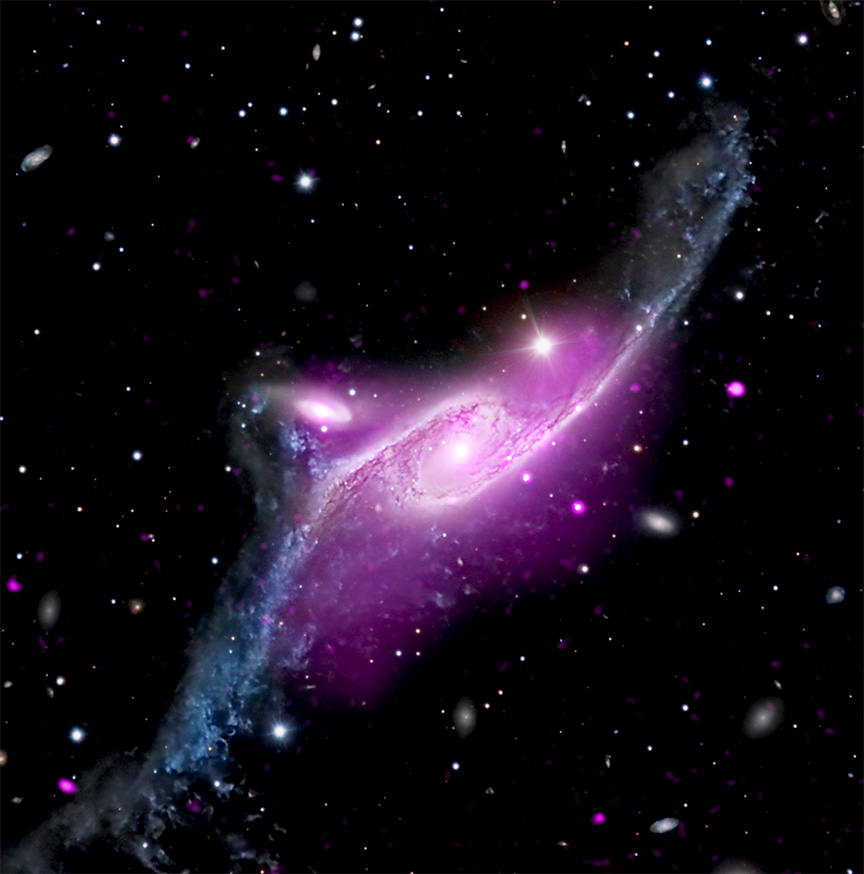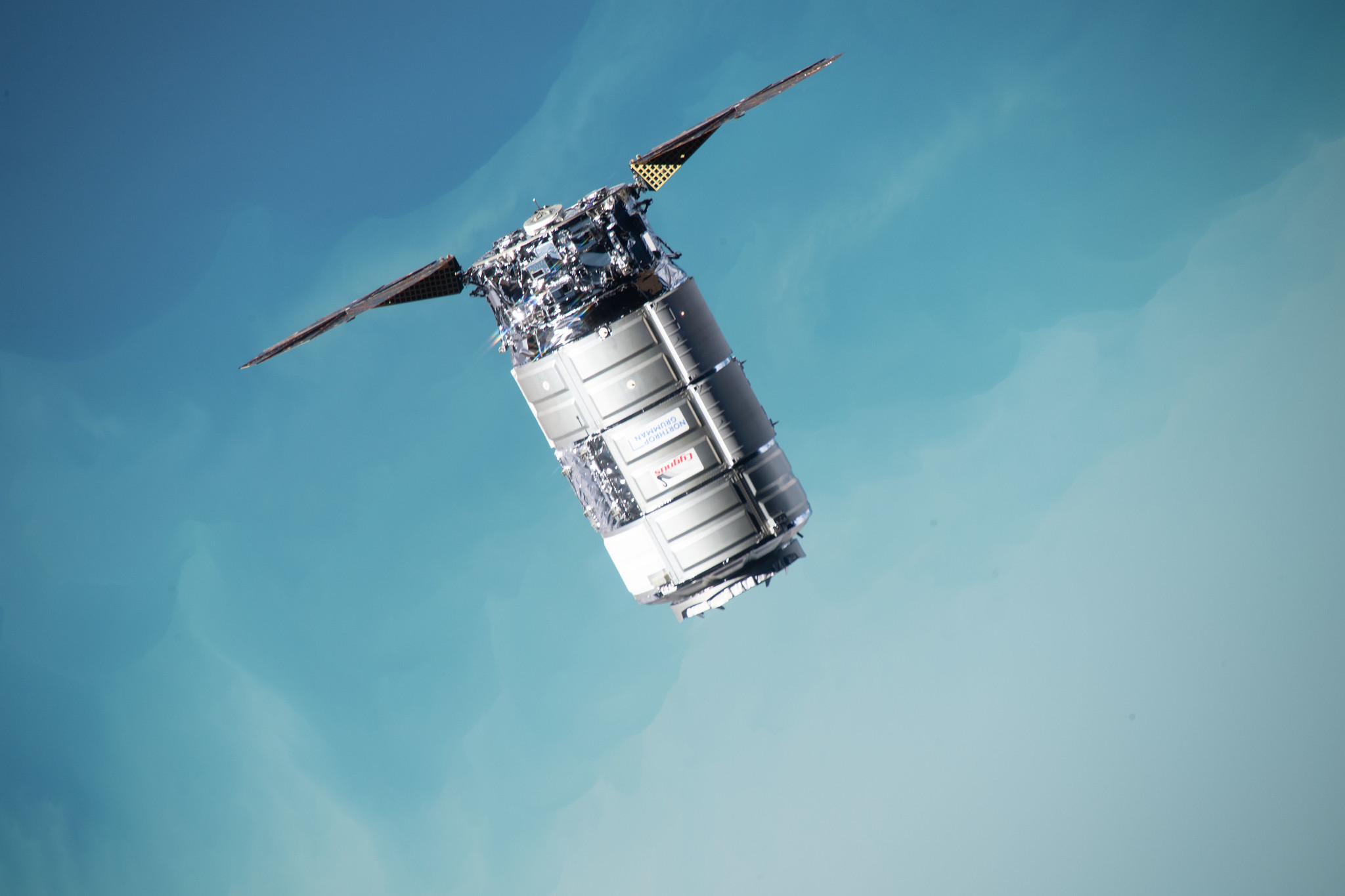NASA Seeks Innovative Artemis Lunar Logistics, Mobility Solutions
NASA is asking U.S. industry to submit innovative architecture solutions that could help the agency land and move cargo on the lunar surfaced during future Artemis missions. Released in September, the agency’s request for proposal also supports NASA’s broader Moon to Mars Objectives. Previously, NASA published two white papers outlining lunar logistics and mobility gaps […]

NASA is asking U.S. industry to submit innovative architecture solutions that could help the agency land and move cargo on the lunar surfaced during future Artemis missions. Released in September, the agency’s request for proposal also supports NASA’s broader Moon to Mars Objectives.
Previously, NASA published two white papers outlining lunar logistics and mobility gaps as part of its Moon to Mars architecture development effort that augmented an earlier white paper on logistics considerations. The current ask, Lunar Logistics and Mobility Studies, expects proposing companies to consider these publications, which describe NASA’s future needs for logistics and mobility.
“NASA relies on collaborations from diverse partners to develop its exploration architecture,” said Nujoud Merancy, deputy associate administrator, strategy and architecture in the Exploration Systems Development Mission Directorate at NASA Headquarters in Washington. “Studies like this allow the agency to leverage the incredible expertise in the commercial aerospace community.”
Lunar Logistics Drivers, Needs
Logistics items, including food, water, air, and spare parts, comprise a relatively large portion of the cargo NASA expects to need to move around on the Moon, including at the lunar South Pole where the agency plans to send crew in the future.
The Lunar Logistics Drivers and Needs white paper outlines the importance of accurately predicting logistics resupply needs, as they can heavily influence the overall architecture and design of exploration missions.
As the agency progresses into more complex lunar missions, NASA will require more and more lunar logistics as the agency increases mission frequency and duration. This current proposal seeks industry studies that could help inform NASA’s approach to this growing need.
Lunar Mobility Drivers, Needs
The white paper discusses the transportation of landed cargo and exploration assets from where they are delivered to where they are used, such as to locations with ideal lighting, away from ascent vehicle landing sites, or near other assets. These distances can range from yards to miles away from landing locations, and the ability to move around landing sites easily and quickly are key to exploring the lunar surface efficiently.
NASA’s current planned lunar mobility elements, such as the Lunar Terrain Vehicle and Pressurized Rover, have a capability limit of about 1,760 pounds (800 kilograms) and will primarily be used to transport astronauts around the lunar surface. However, future missions could include a need to move cargo totaling around 4,400 to 13,000 pounds (2,000 to 6,000 kg). To meet this demand, NASA must develop new mobility capabilities with its partners.
Lunar Surface Cargo
The Lunar Surface Cargo white paper characterizes lunar surface cargo delivery needs, compares those needs with current cargo lander capabilities, and outlines considerations for fulfilling this capability gap. While cargo delivery capabilities currently included in the Moon to Mars architecture — like CLPS (Commercial Lunar Payload Services) and human-class delivery landers — can meet near-term needs, there are substantial gaps for future needs.
Access to a diverse fleet of cargo landers would empower a larger lunar exploration footprint. A combination of international partnerships and U.S. industry-provided landers could supply the concepts and capabilities to meet this need. The request for proposals doesn’t explicitly seek new lander concepts but does ask for integrated assessments of logistics that can include transportation elements.
“We’re looking for industry to offer creative insights that can inform our logistics and mobility strategy,” said Brooke Thornton, industry engagement lead for NASA’s Strategy and Architecture Office. “Ultimately, we’re hoping to grow our awareness of the unique capabilities that are or could become a part of the commercial lunar marketplace.”
This is the latest appendix to NASA’s Next Space Technologies for Exploration Partnerships (NextSTEP-2). Solicitations under NextSTEP seek commercial development of capabilities that empower crewed exploration in deep space. NASA published the latest NextSTEP omnibus, NextSTEP-3, on Sept. 27.
Request for Proposals
What's Your Reaction?



















.jpg?#)

































